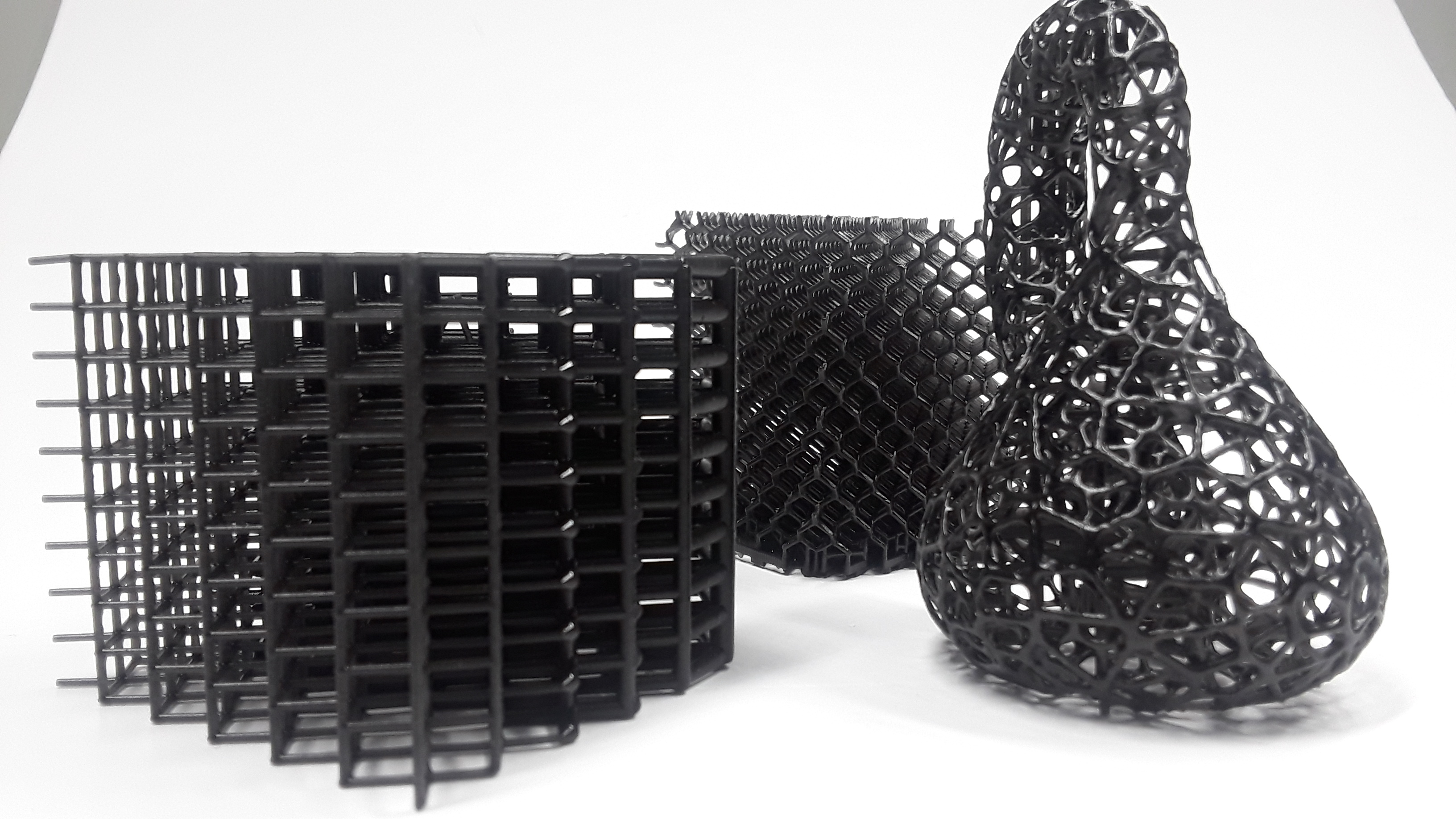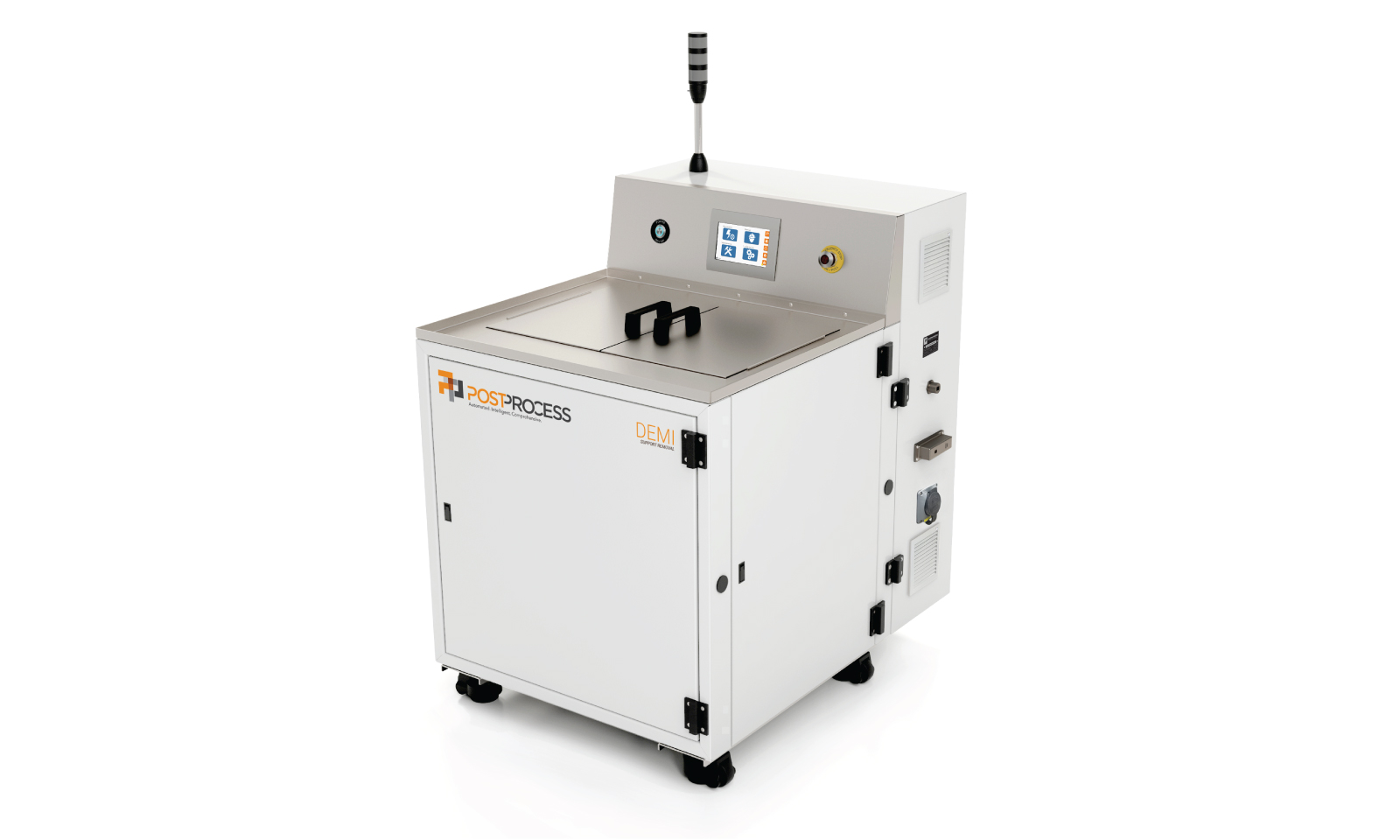Design agency Splitvision has begun using an automated resin removal system from specialist provider PostProcess Technologies, citing simpler and safer working conditions for its employees. The company mainly utilizes DLP 3D printing technology to fabricate prototypes for its clients, but had found a bottleneck in the post-printing stages of its workflow – a hurdle which has since been jumped with the initiation of the recent collaboration.
Bruno Bourguet, Managing Director of PostProcess Technologies, states: “From the software to the chemistry to the hardware, our focus is on providing a full-stack solution to revolutionize the way that customers post-print for a better additive manufacturing workflow. It is invigorating to see companies like Splitvision benefitting from the use of PostProcess technology.”

Manual resin removal
Splitvision initially dabbled in 3D printing as recently as 2019, when the company purchased a 3D Systems Figure 4 DLP printer. It claims the machine drastically increased its process efficiencies, while improving the mechanical properties and feature details of its prototypes.
Inherently, the resin printing process does have its challenges, however, as parts need to be cleaned extensively in isopropyl alcohol (IPA) and further cured under UV light. For Splitvision, this means excess labor costs with reduced output and for the employees, it means a burning set of nostrils, even under a heavy duty respirator.
The power of automation
Splitvision claims to have reduced its post-printing times significantly since implementing the resin removal system and the proprietary detergent specially designed for the process. Individual parts used to require up to half an hour each before they were completely cleaned of resin but the company can now batch process them, cutting the rate down to ten parts every five minutes. The system also has the effect of removing resin more consistently while eliminating the (admittedly minimal) risk of an alcohol fueled fire hazard.
Lukass Legzdins, R&D Director at Splitvision, concludes: “We now can offer printed parts at a reasonable price, especially when we print multiple items in one run. Plus, the nasty bit of the printing process has been eliminated for our staff. After having tried the PostProcess solution, it’s hard to imagine ever going back to using IPA.”

Automated post-processing has its uses in more than just prototyping and production parts. PostProcess Technologies also recently collaborated with Great Lakes Dental Technologies, a large orthodontic laboratory, to automate the company’s powder removal and surface finishing process for 3D printed dental products. Since most of these are highly custom and fitted to an individual, traditional mass production technologies simply weren’t suitable, so the duo sought to create an automated post-processing system specially designed to work with custom dental parts.
Non-contact, non-manual post-processing is also popping up in academia. Researchers at Saarland University have developed a new method of transforming 3D printed metal parts into high-precision technical components using electrical pulses. The technique utilizes electrochemical machining to precision finish parts with dimensional tolerances of a few microns.
The nominations for the 2020 3D Printing Industry Awards are now open. Who do you think should make the shortlists for this year’s show? Have your say now.
Subscribe to the 3D Printing Industry newsletter for the latest news in additive manufacturing. You can also stay connected by following us on Twitter and liking us on Facebook.
Looking for a career in additive manufacturing? Visit 3D Printing Jobs for a selection of roles in the industry.
Featured image shows resin parts made by Splitvision. Photo via Splitvision.


